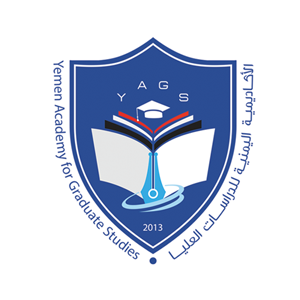Outcomes of the National Dialogue Conference in Yemen: Between Agreement and Disagreement: An Analytical Reading of the Political Forces' Visions on the Form of the State
Keywords:
National Dialogue, Agreement and disagreement, Political forces, Form of stateAbstract
Dialogue is a smooth way that informs you of the different opinions. Yemenis have resorted to dialogue as a response to continue their lives, including indulging in the National Dialogue Conference launched on 18/3/2013. Political parties participated in the conference through 565 participants who presented their views about the most important political issues. Discussions focused on the political, administrative and electoral aspects of the state that would be acceptable. This study shows that the form of the new state would not come from emulating other country's experience, but from creating an appropriate form of the modern Yemeni State.
This study has raised a number of questions about the form of the state, including visions of various political parties participating in the conference, common grounds and disputes, related reasons that prevented reaching an agreement and the external influence that led to aborting the conference. The study investigated discussions on an acceptable electoral system and the future outlook into the political life in Yemen. The structure of the study is laid out as follows:
- Section 1: introduction and methodology of the study.
- Section 2: vision of the political parties on the form of the state.
- Section 3: analysis of the above mentioned visions.
- Section 4: creating an acceptable form of the state, reasons preventing a political agreement and last the conclusion and way forward.
Downloads
Downloads
Published
Issue
Section
License

This work is licensed under a Creative Commons Attribution 4.0 International License.
Copyright and Licensing
copyright is retained by the authors. Articles are licensed under an open access Creative Commons CC BY 4.0 license, meaning that anyone may download and read the paper for free. In addition, the article may be reused and quoted provided that the original published version is cited. These conditions allow for maximum use and exposure of the work.

